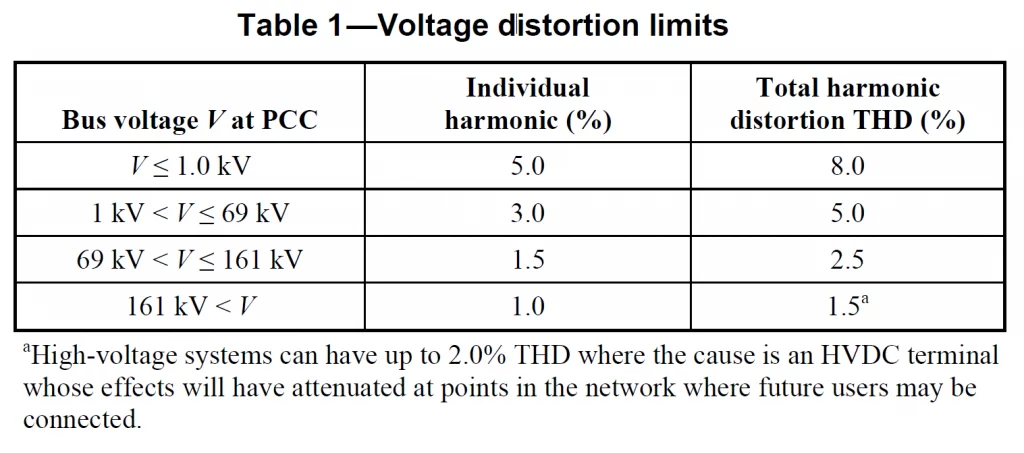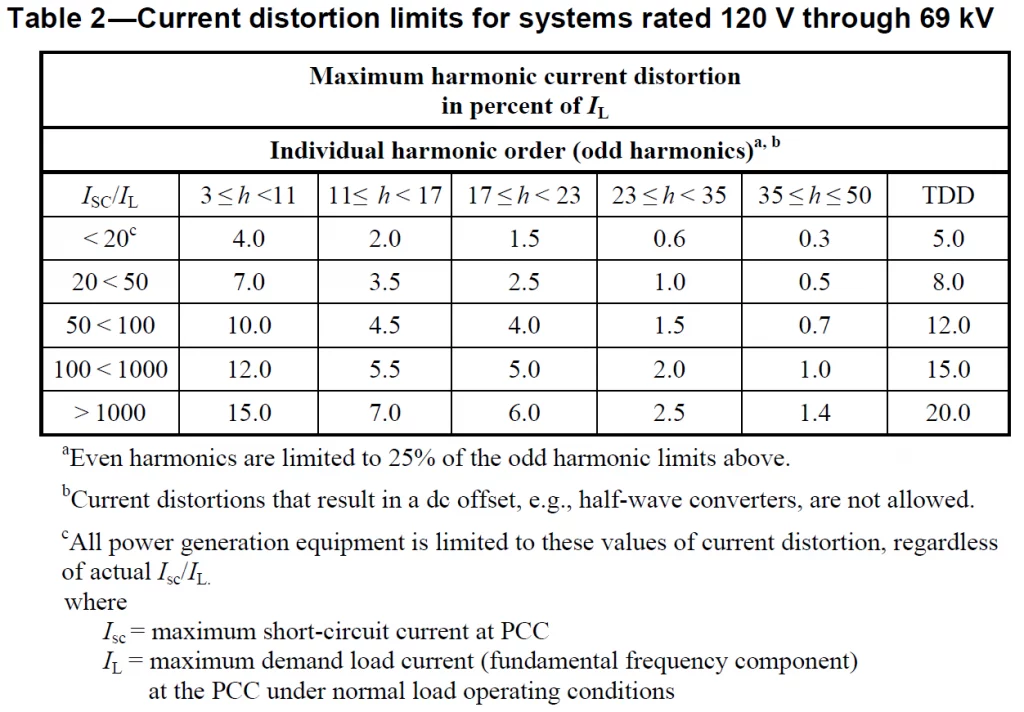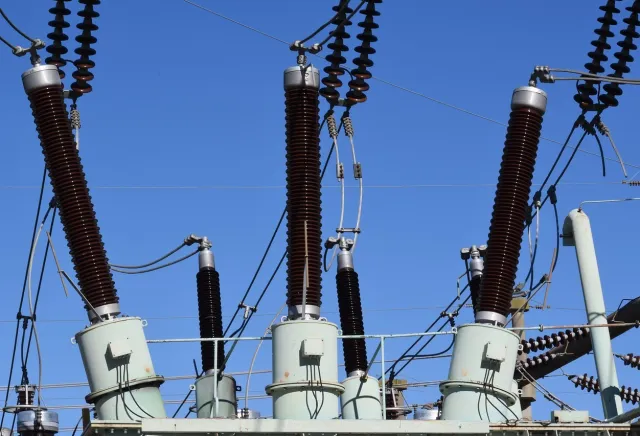In this article, I have discussed the difference between a conventional transformer and a K-factor rated transformer.
In modern-day plants, Variable Speed Drives (VSD) are widely used. The project I am working with now has more than a hundred units of VSD ranging from fractional kilowatts up to several hundred kilowatts. Just imagine how much harmonics will these VSD be contributing to the power system once they operate.
The transformers were sized to provide spare capacities thus a conventional transformer may be suitable. It is, however, more desirable and economical in the long term to install K-factor rated transformers with future expansion of the plant considered.
IEEE Std C57.110 - IEEE Recommended Practice for Establishing Transformer Capability When Supplying Nonsinusoidal Load Currents provides a sample calculation on how to determine the K-factor rating of transformers based on expected harmonic currents.
Voltage Distortion Limits
As managing harmonics in a power system is a joint responsibility involving both end-users and network operators, harmonic limits are recommended for both voltages and currents. The recommended values are based on the fact that some level of voltage distortion is generally acceptable, users must keep actual voltage harmonics distortion below recommended acceptable levels. By limiting harmonic current injections from users, voltage distortion can be kept below objectionable levels. However, if the limiting harmonic currents alone do not result in acceptable levels of voltage distortion, system operators will take action to modify system characteristics so that voltage distortion levels are acceptable. The acceptable voltage distortion levels form the basis of the harmonic voltage limits in Table 1.

The recommended limits apply only at the point of common coupling and should not be applied to either individual piece of equipment within a user’s facility. In most cases, harmonic voltages and currents at these locations could be found to be significantly greater than the limits recommended at the PCC due to the lack of diversity, cancellation, and other phenomena that tend to reduce the combined effects of multiple harmonic sources to levels below their algebraic summation.
Current Distortion Limits
End users should limit the value of their harmonic current at the PCC. This is taken as the sum of the currents corresponding to the maximum demand during each of the twelve previous months divided by 12. Table 2 applies to harmonic currents whose frequencies are integer multiples of the power frequency.

